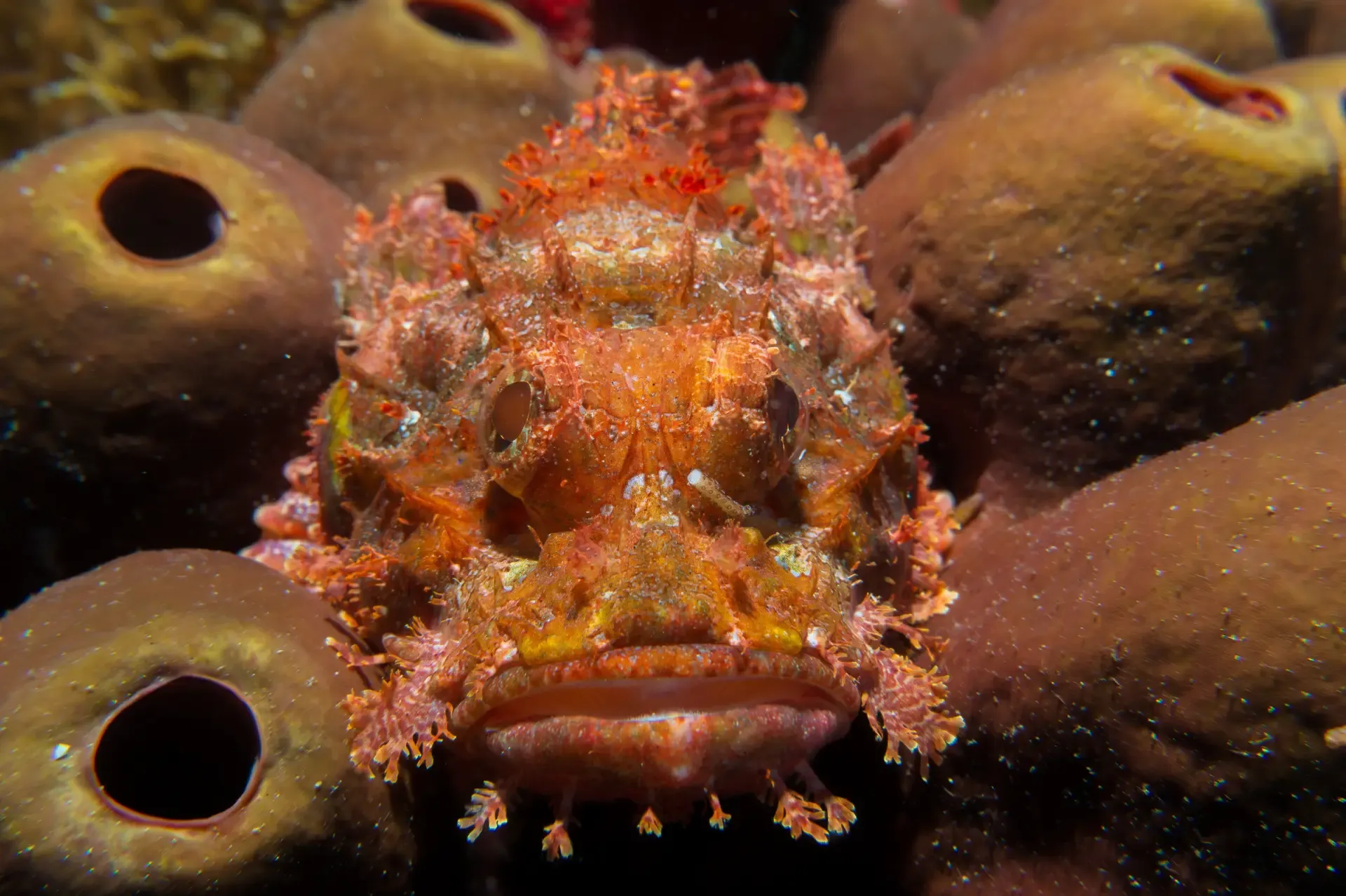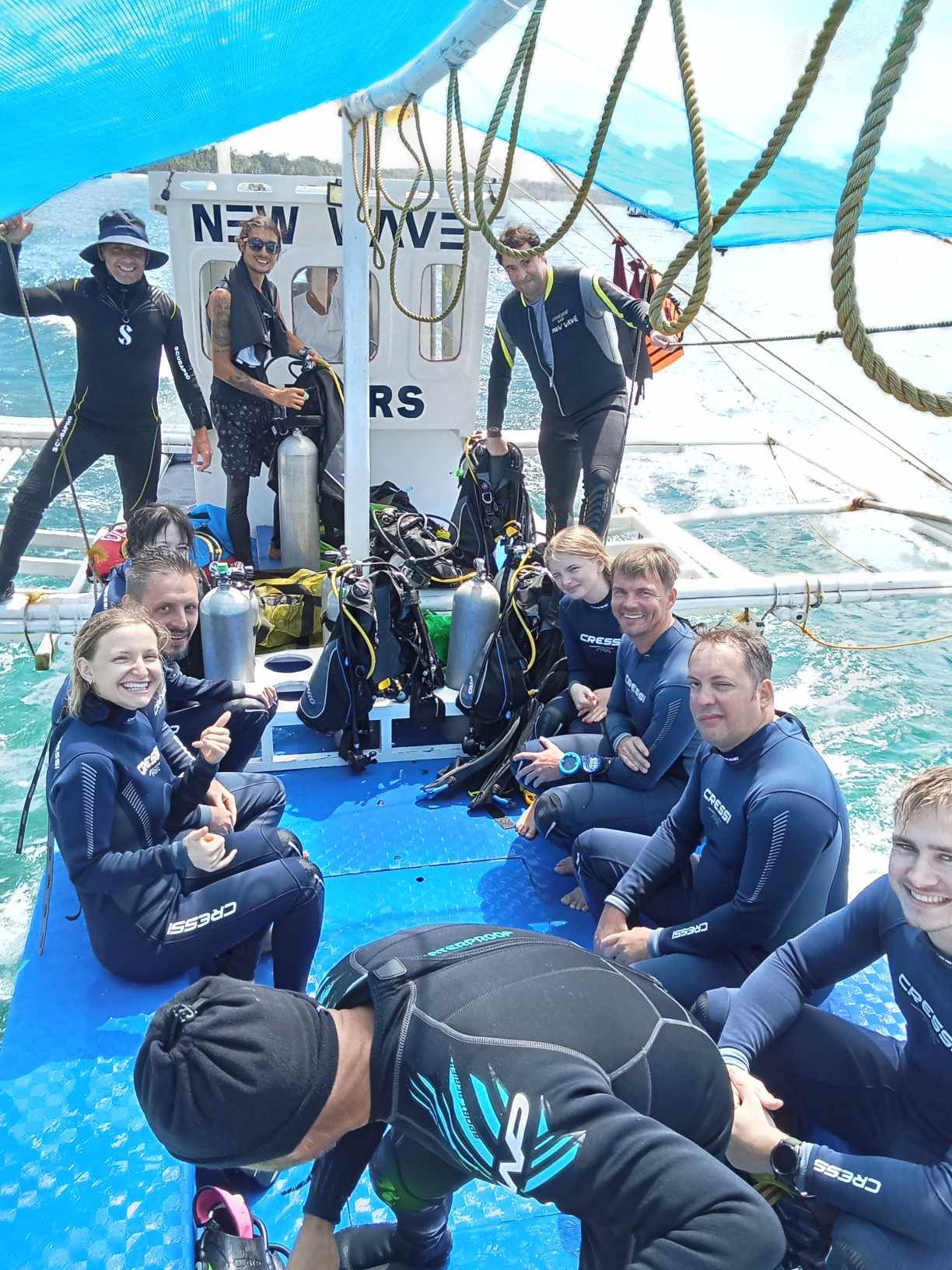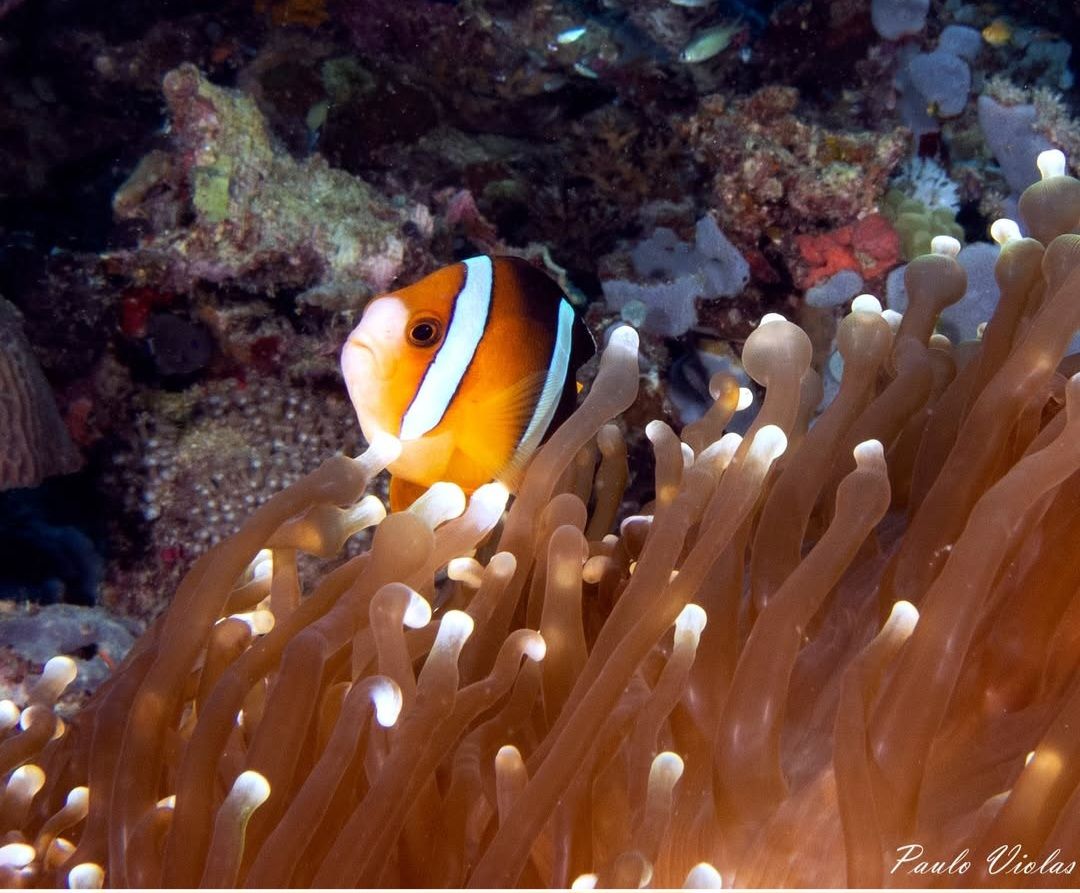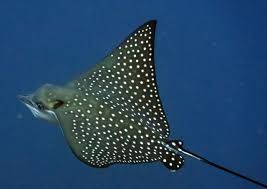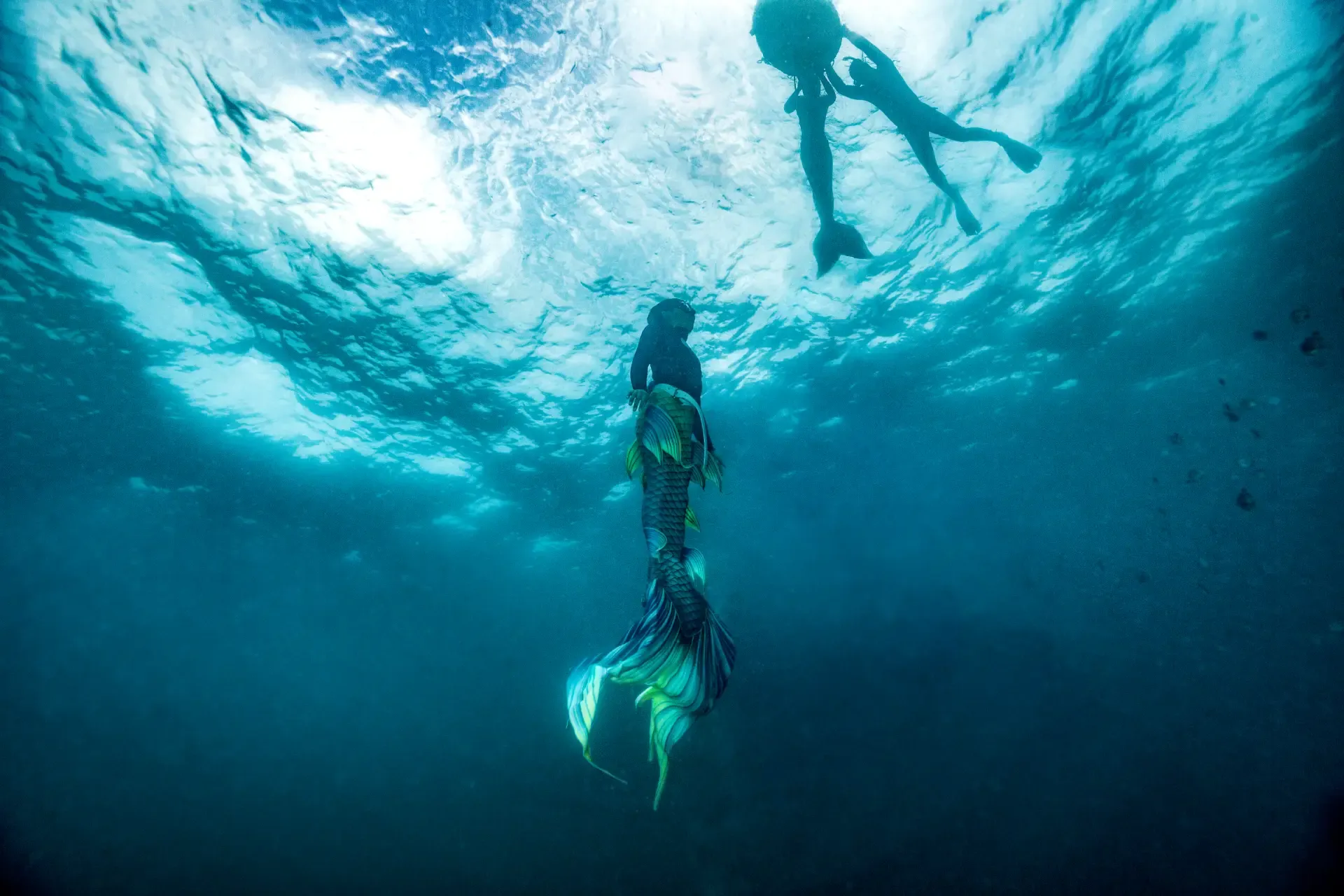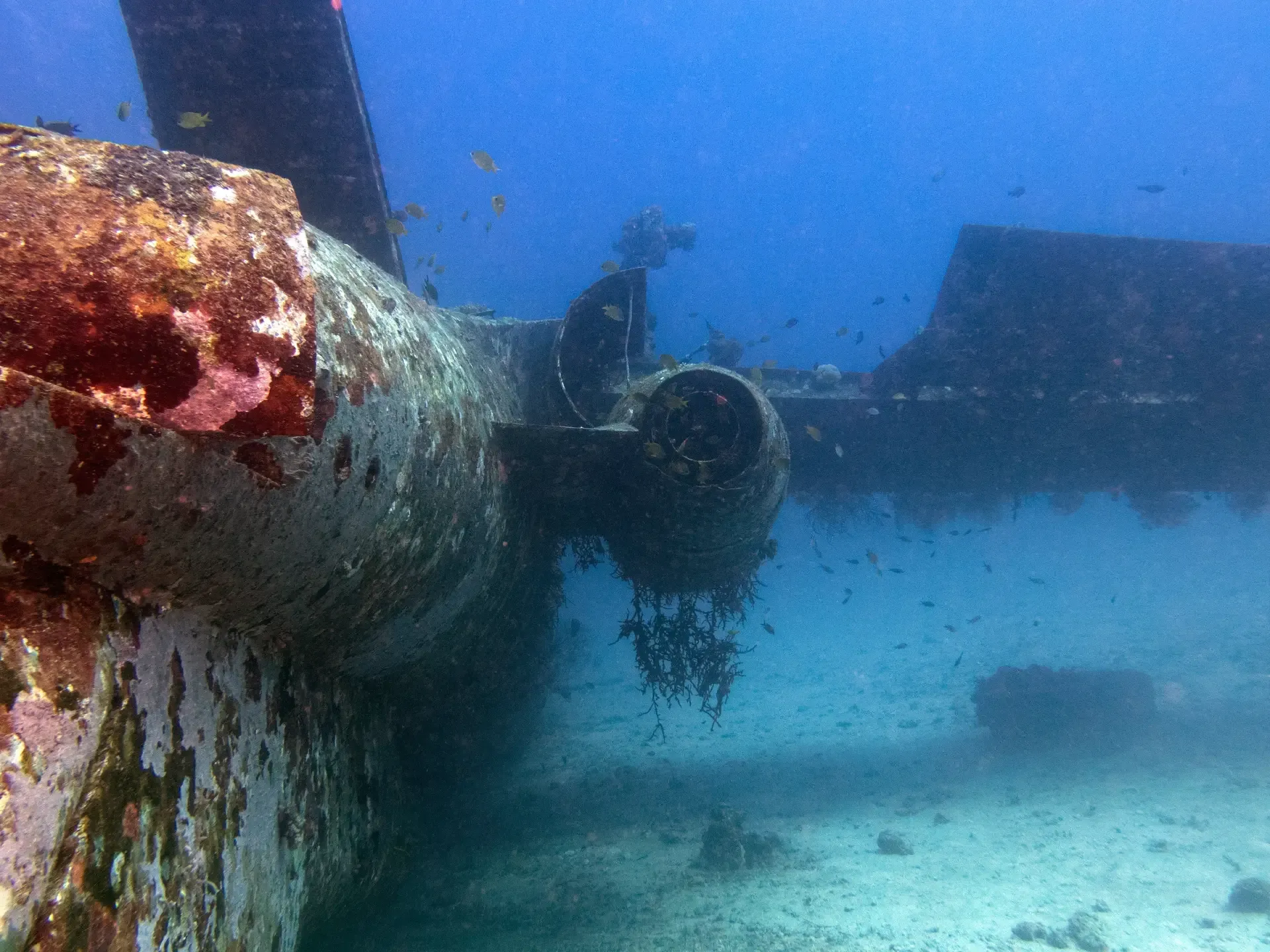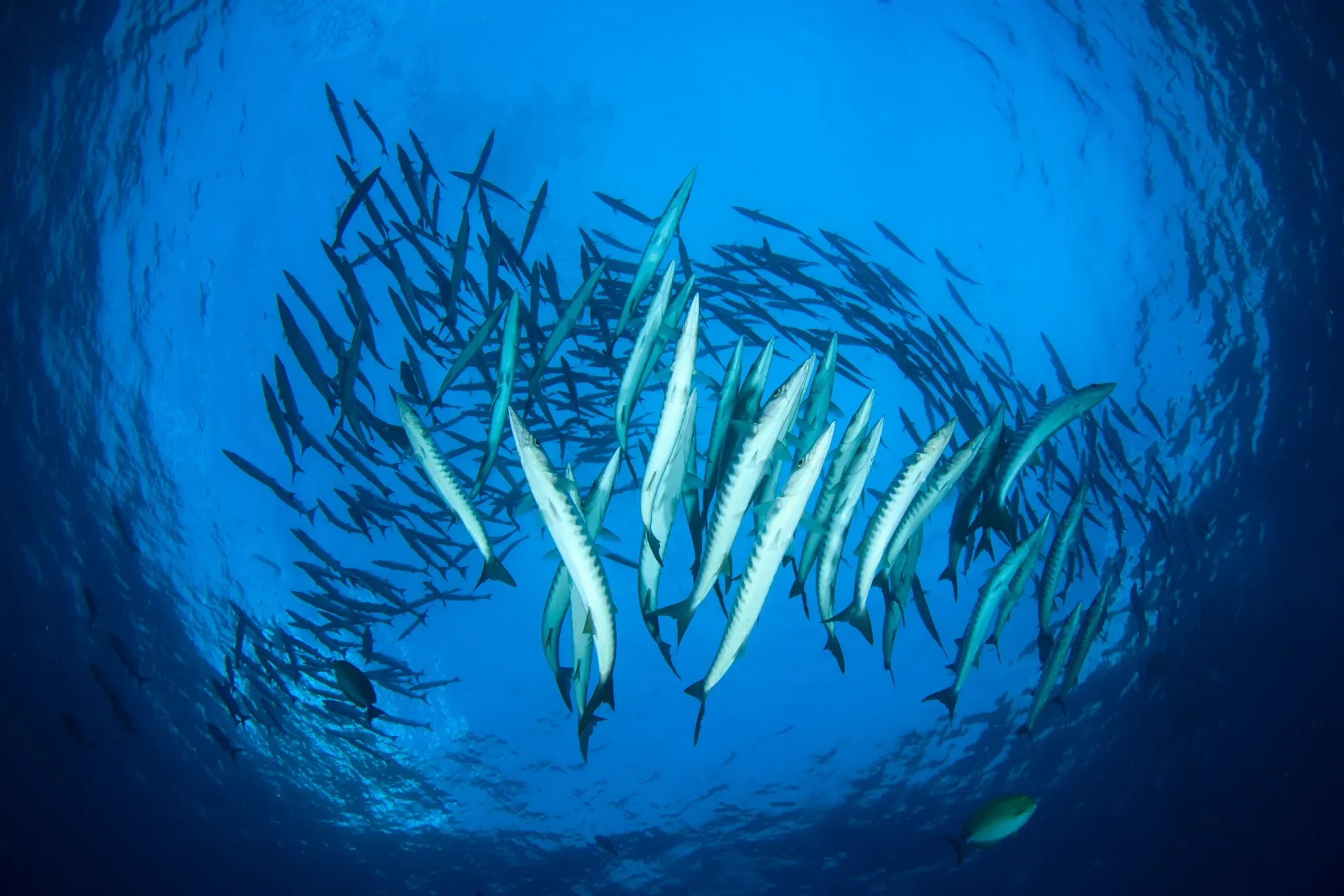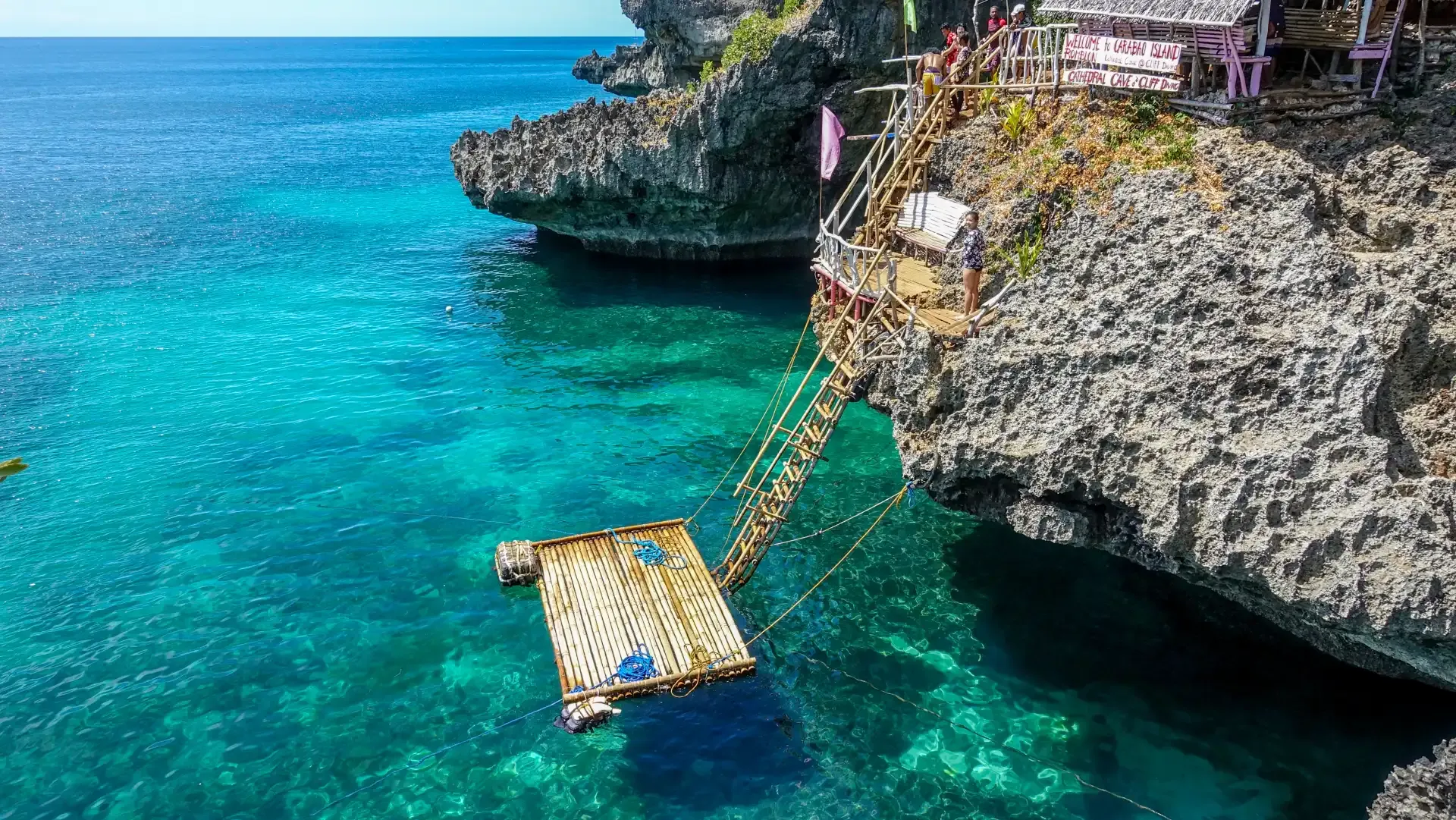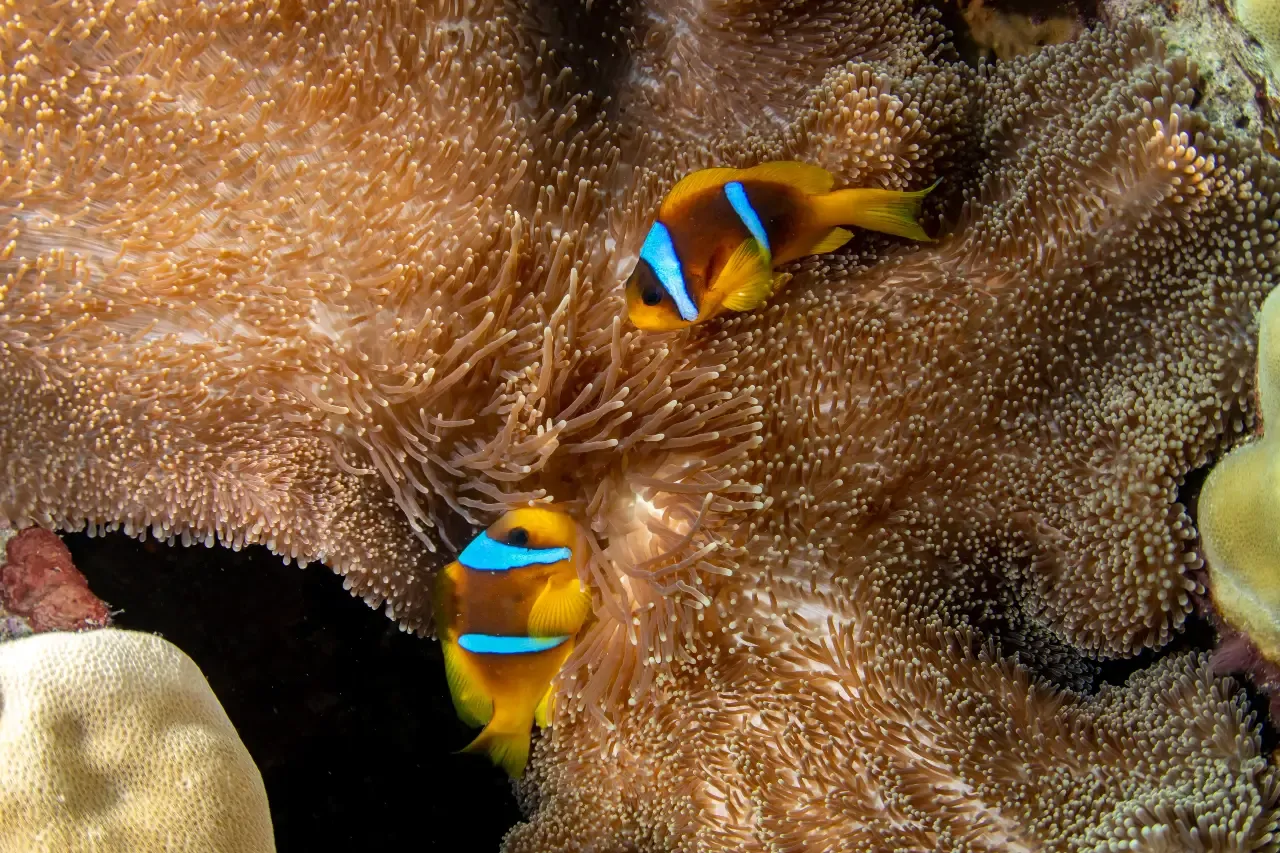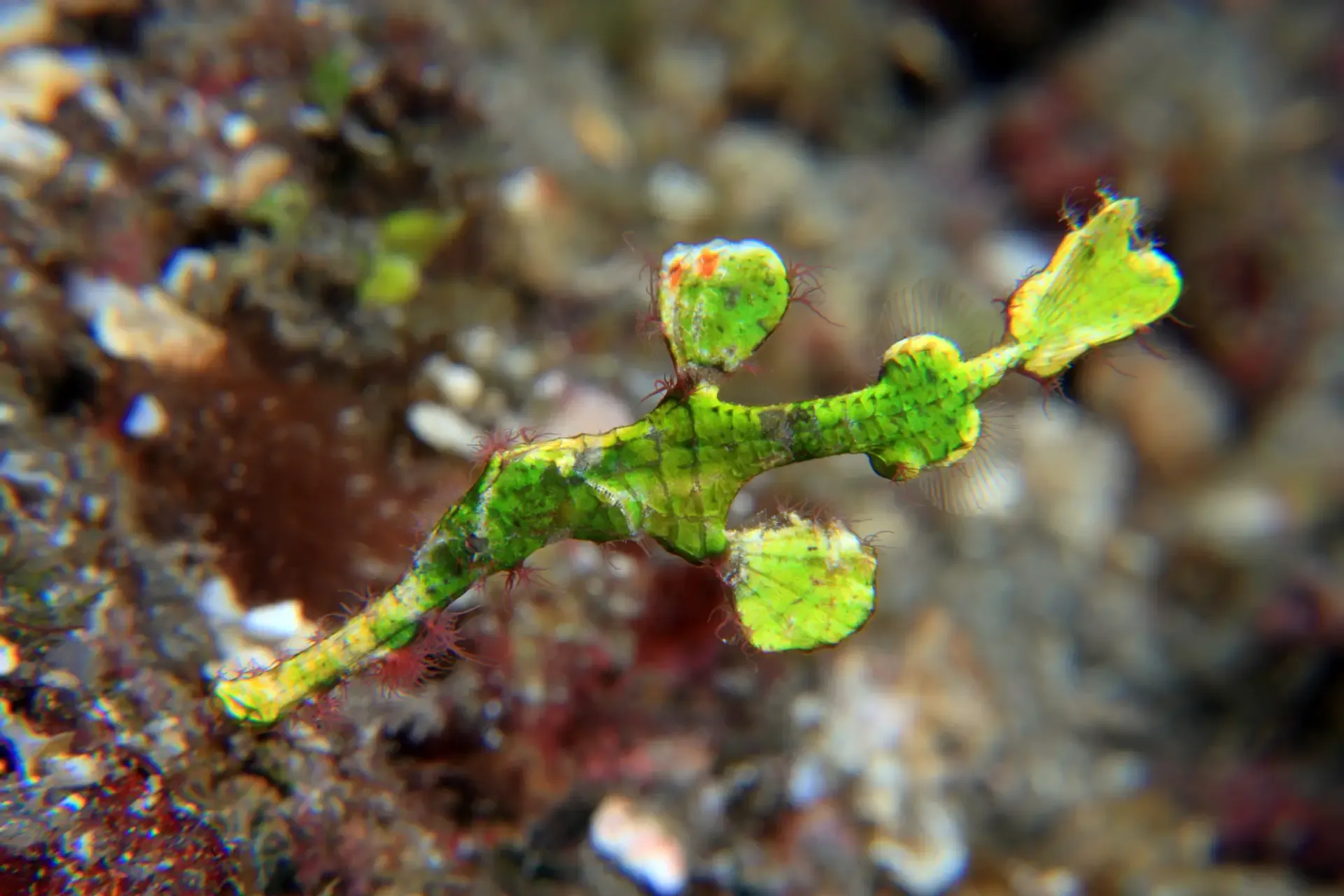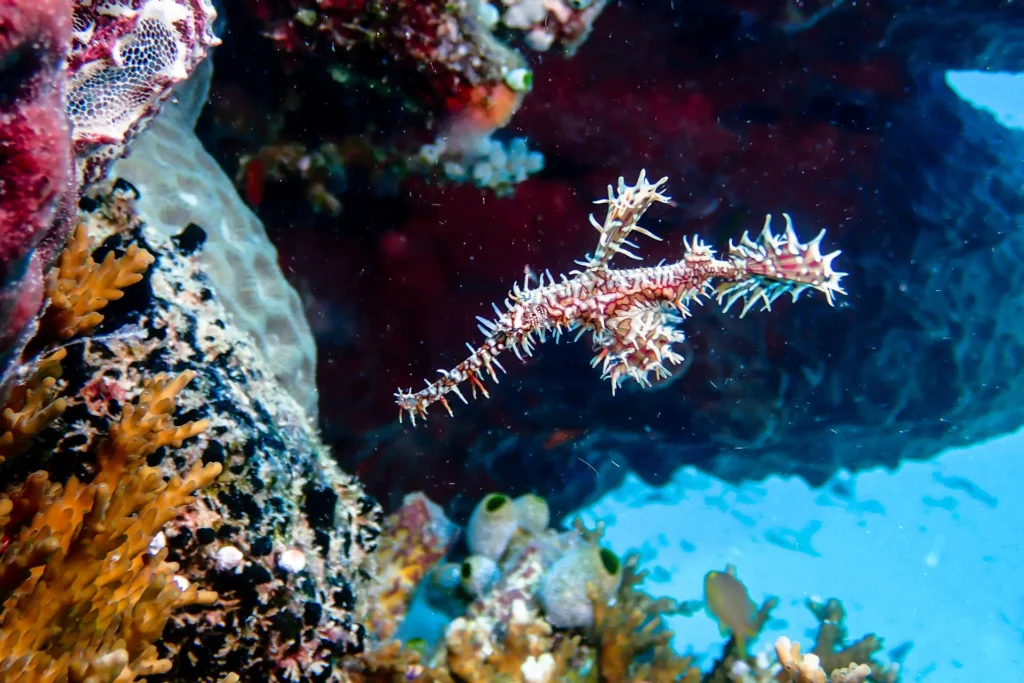The Masters of Camouflage: Scorpionfish and Stonefish of Boracay
The Masters of Camouflage: Scorpionfish and Stonefish of Boracay
The Masters of Camouflage: Scorpionfish and Stonefish of Boracay
Boracay’s coral reefs are home to some of the most vibrant and colorful marine life in the Philippines, but not all creatures in these waters are easy to spot. Hidden among the corals, rocks, and sandy seabeds are some of the ocean’s most skilled masters of disguise—the Scorpionfish and Stonefish. These two species, both part of the Scorpaenidae family, are famous for their near-invisible camouflage and highly venomous spines.
For divers who love discovering elusive marine creatures, encountering a Scorpionfish or Stonefish in Boracay is both thrilling and rewarding. However, due to their venomous nature, it’s important to understand their behavior, how to spot them, and how to safely observe them in their natural habitat.
What Are Scorpionfish and Stonefish?
Both Scorpionfish and Stonefish belong to the Scorpaenidae family, known for their cryptic coloration, venomous spines, and ambush predation techniques. Despite their similarities, they have key differences that set them apart.
Scorpionfish (Family: Scorpaenidae, Genus: Scorpaena, Pterois, etc.)
- Appearance: Rough, textured skin with frilly appendages that resemble coral or algae.
- Coloration: Red, orange, brown, or mottled shades that allow them to blend into their surroundings.
- Size: Typically 15–35 cm (6–14 inches), though some species grow larger.
- Hunting Technique: Ambush predator that remains motionless and waits for prey to swim close before striking in milliseconds.
- Venom: Contains venomous spines that can cause painful stings but are usually not fatal to humans.
Stonefish (Genus: Synanceia)
- Appearance: Bumpy, rough skin that mimics rocks and coral rubble.
- Coloration: Dull brown, gray, or greenish hues that make them nearly indistinguishable from their environment.
- Size: Can grow up to 50 cm (20 inches), making them one of the largest venomous fish in the ocean.
- Hunting Technique: Extreme patience—Stonefish can remain motionless for hours before lunging at their prey.
- Venom: Highly potent venom delivered through sharp dorsal spines. A sting can be extremely painful and, in rare cases, life-threatening without treatment.
Both species are incredible examples of natural adaptation, using their camouflage not just to hunt but also to avoid predators.
Where to Find Scorpionfish and Stonefish in Boracay
Due to their ability to blend into their surroundings, finding Scorpionfish and Stonefish in Boracay requires a keen eye. Experienced dive guides from New Wave Divers Boracay can help spot these elusive creatures on certain dive sites known for their rich biodiversity.
Best Dive Sites to Spot Scorpionfish and Stonefish in Boracay
📍 Camia II Wreck
- The shipwreck’s encrusted surfaces provide excellent hiding spots for Scorpionfish, making it one of the best places to find them.
- Divers should look carefully along the structure, as Scorpionfish often rest motionless on ledges and within crevices.
📍 Crocodile Island
- This site is a macro photographer’s paradise, offering a chance to see both Scorpionfish and Stonefish blending into rocky formations and coral heads.
- Nudibranchs, frogfish, and ghost pipefish also inhabit this area, making it an exciting dive for spotting cryptic marine life.
📍 Friday’s Rock
- A mix of sandy patches and coral bommies make this site ideal for spotting Stonefish, particularly in areas with broken coral rubble.
- Divers should move slowly and look for subtle movements in the sand, as Stonefish are experts at remaining motionless.
📍 Tambisaan Reef
- The variety of coral types and small rock outcroppings provide the perfect cover for Scorpionfish, especially in deeper sections of the reef.
📍 Angol Point
- This shallow dive site is perfect for beginner divers who want to practice their observation skills. It’s common to find well-camouflaged Scorpionfish nestled between coral formations.
Since these species rely on their camouflage rather than fleeing from divers, patience and careful observation are key to spotting them.
Hunting Strategies: How Scorpionfish and Stonefish Catch Their Prey
Scorpionfish and Stonefish are both ambush predators, meaning they remain completely still until unsuspecting prey comes too close. Once within striking distance, they attack with lightning-fast reflexes.
Hunting Techniques:
✅ Scorpionfish: Use their textured bodies to blend into coral and rocks. When prey approaches, they open their mouths rapidly, creating a vacuum that sucks in small fish and crustaceans.
✅ Stonefish: Stay buried in sand or among coral rubble, nearly undetectable. When prey swims overhead, they lunge upward with incredible speed, capturing their meal in a split second.
Both species are masters of patience, sometimes waiting hours before making a single move. This hunting technique makes them incredibly efficient predators, ensuring their survival in reef environments.
Are Scorpionfish and Stonefish Dangerous to Divers?
Both species have venomous spines that can deliver painful stings if accidentally stepped on or touched. However, these fish are not aggressive and will only use their venom in self-defense.
How Dangerous Are Their Stings?
- Scorpionfish Stings: Cause pain, swelling, and irritation but are rarely serious if treated promptly.
- Stonefish Stings: More potent and can cause severe pain, nausea, swelling, and in rare cases, serious complications. Immediate treatment is necessary.
How to Avoid Being Stung:
✔️ Maintain good buoyancy – Avoid resting hands or knees on the reef where these fish may be hiding.
✔️ Look carefully before touching anything – These fish rely on camouflage, so always inspect ledges and coral formations closely.
✔️ Wear protective footwear in shallow waters – If wading near reefs, use reef-safe shoes to prevent accidental contact with a Stonefish buried in the sand.
✔️ Follow your dive guide’s lead – Experienced dive professionals at New Wave Divers know where these creatures hide and will help point them out.
The Role of Scorpionfish and Stonefish in the Reef Ecosystem
Despite their venomous nature, Scorpionfish and Stonefish are important to the health of the reef.
How They Benefit the Ecosystem:
🌿 Population Control – They regulate fish populations by preying on smaller species, keeping reef ecosystems balanced.
🌿 Natural Selection – Their ability to avoid predation through camouflage helps maintain biodiversity.
🌿 Reef Stability – Their presence encourages a healthy food chain, supporting other marine species in the ecosystem.
These fish may be feared by some, but they are an essential part of the ocean’s natural order.
Final Thoughts: A Diver’s Guide to Observing These Elusive Predators
Diving in Boracay offers the unique opportunity to witness some of the ocean’s best camouflaged predators in action. Whether spotting a Scorpionfish resting among corals at Camia II Wreck or catching a glimpse of a Stonefish lying motionless in the sand at Friday’s Rock, these encounters are both thrilling and humbling.
At New Wave Divers Boracay, we help divers safely and responsibly observe these incredible creatures. If you’re an underwater photographer or a diver who loves the challenge of spotting well-hidden marine life, let us guide you to Boracay’s best sites for Scorpionfish and Stonefish encounters.
Ready to explore the hidden world of Boracay’s reefs? Book your dive with New Wave Divers today!

Wish to know more about the diving in Boracay? Our team will be delighted to answer your questions and let us know why we should be your first choice when planning your dive vacation to the Philippines. We hope to hear from you soon!

